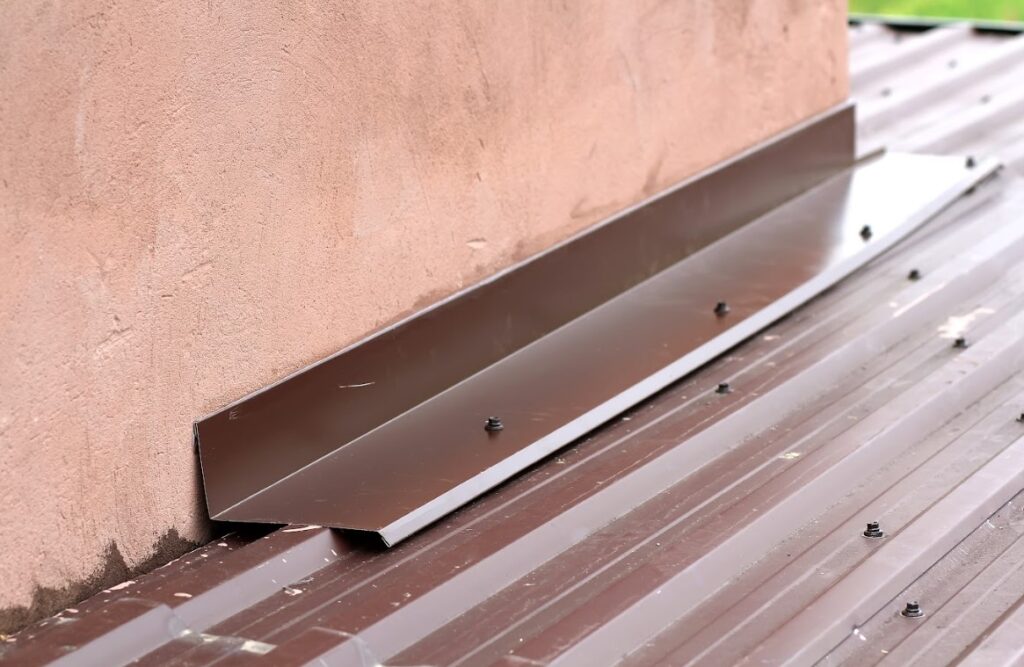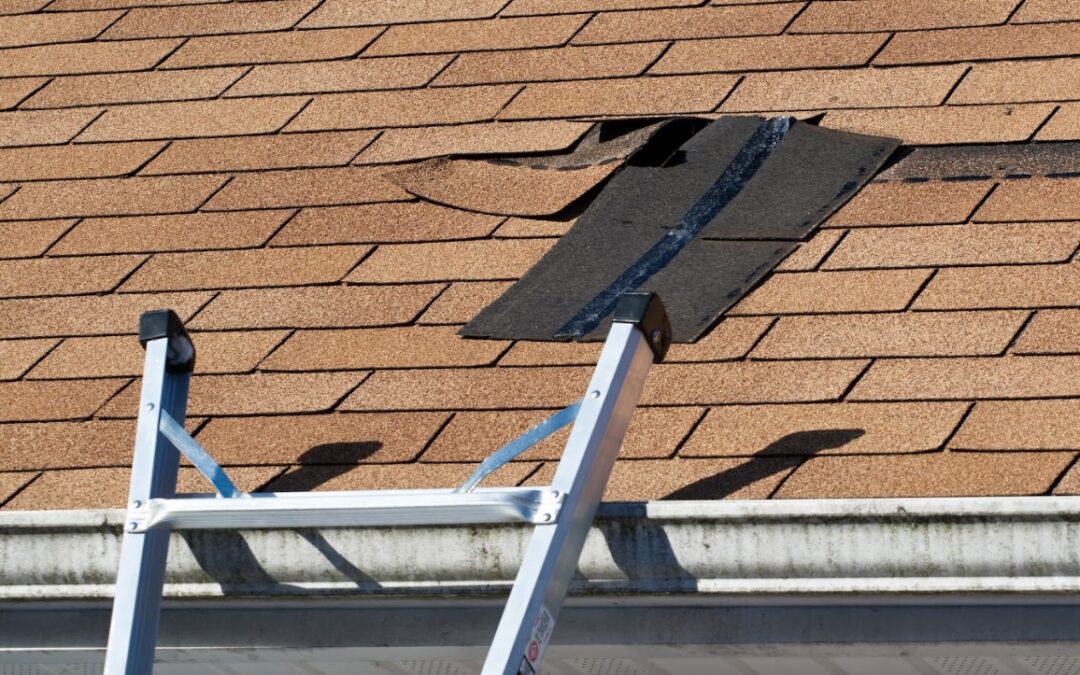When a storm hits the Pacific Northwest, it doesn’t knock politely. Between driving rain, gusty winds, and the occasional hailstorm, roofs around Port Orchard and the Kitsap Peninsula can take a real beating.
But here’s the thing most homeowners don’t realize—by the time you notice a leak or water spot on your ceiling, the damage has already been done. Storms don’t create every roofing problem; they often expose the ones that were already there.
That’s why knowing how to identify the early warning signs of roof trouble before a major storm rolls in can save you time, money, and a lot of unnecessary stress. With a little preparation and a sharp eye, you can spot vulnerabilities early and protect your home from costly repairs.
So grab a flashlight, head outside, and let’s walk through how to tell if your roof is storm-damaged—before the storm even hits.
1. Start with a Simple Ground-Level Inspection
You don’t need a ladder to get started. A visual check from the ground can reveal a surprising amount about your roof’s health.
Take a slow walk around your home and look for:
- Missing or curled shingles. These are signs that your roof’s outer armor has been compromised.
- Dark or discolored patches. This could mean moisture has already seeped beneath the surface.
- Shiny or bare spots. Granule loss exposes the asphalt underneath, making it vulnerable to rain and UV damage.
- Sagging or uneven lines. A dip or wave in your roofline could signal trapped moisture or structural weakness.
Even if everything looks fine from a distance, make a note of anything that seems off. A professional roofer can tell you if it’s cosmetic or serious.
2. Check Your Gutters and Downspouts
Think of your gutters as your roof’s first report card. When they’re full of granules, dirt, or shingle debris, it’s a telltale sign that your roof’s protective layer is wearing thin.
Clogged or damaged gutters can also make storm damage worse. When water can’t drain properly, it backs up under the shingles and seeps into the roof deck. Before the next big rain, clear your gutters and check for:
- Detached sections or sagging areas
- Rust or cracks
- Water stains running down your siding
Clean, properly attached gutters are a sign that your roof’s drainage system is ready for the challenge.
3. Inspect Your Attic for Hidden Red Flags
Some of the most serious roof problems start inside your home. Head up to your attic or crawl space with a flashlight and look for signs of hidden moisture or poor ventilation.
Keep an eye out for:
- Damp insulation or wood. This often means water is already sneaking through your roof deck.
- Light peeking through the roof boards. Even tiny holes can become major leaks when the rain starts.
- Musty smells or mold growth. These are indicators of trapped moisture that needs immediate attention.
If you find any of these warning signs, it’s time to bring in a professional before a storm makes things worse.
4. Pay Attention to Flashing and Roof Penetrations
Flashing is the metal or sealant material around chimneys, skylights, vents, and valleys. It’s designed to keep water out of the most vulnerable areas of your roof—but over time, it can crack, corrode, or loosen.
When storms roll through, these are the first spots to spring a leak. If you can safely get a closer look (or have a professional do it), check for:
- Rust or lifted flashing
- Gaps between flashing and the roof surface
- Dried, cracked sealant around penetrations
A little preventive resealing now can save you from major repairs later.

5. Look for Signs of Storm Vulnerability
Even if your roof isn’t actively leaking, it might still be at risk when the next storm hits. Think of this as your roof’s “pre-storm health check.”
Here’s what to assess:
- Age of your roof: Most asphalt roofs last around 20–25 years. If yours is nearing that mark, it’s time for a professional evaluation.
- Type of material: Some roofing systems are more resistant to wind or hail than others. If you’ve had repeated storm issues, you may need a more durable solution.
- Surrounding trees: Overhanging branches can break during a storm and damage shingles or gutters. Trim them back before bad weather hits.
- Nearby debris: Loose items like patio furniture, tarps, or equipment can become airborne projectiles during high winds. Secure or remove them in advance.
By treating your roof like the investment it is, you’ll keep it ready for whatever Mother Nature decides to throw your way.
6. Schedule a Professional Roof Inspection Before the Rainy Season
Let’s be honest—most of us don’t have the training (or the time) to catch every small issue before a storm. That’s where a certified roofing professional comes in.
A pre-storm inspection from an experienced team like Port Orchard Roofing can uncover damage that’s invisible from the ground—like micro-tears in the membrane, soft spots under shingles, or loose flashing hidden beneath debris.
A professional roofer can also:
- Provide a detailed condition report
- Offer photos and documentation for your insurance records
- Recommend targeted repairs or maintenance
- Apply waterproof coatings or sealants to strengthen your roof before the season hits
This kind of proactive approach doesn’t just prevent leaks—it extends your roof’s life and helps you plan for future replacement costs on your own terms, not the storm’s.
- Build a Routine Roof Maintenance Schedule
Storm preparedness isn’t a one-and-done task—it’s an ongoing habit. Just like you wouldn’t skip an oil change for your car, your roof deserves regular attention, too.
A good rule of thumb:
- Inspect twice a year: Once in spring and again before fall storms.
- After every major weather event: Even if everything looks fine, a quick check ensures nothing slipped through the cracks.
- Keep records: Document each inspection and any repairs made. It helps with insurance claims and resale value later.
The more consistent you are, the less likely you’ll be caught off guard when the rain starts pounding on your shingles.
Don’t Let the Next Storm Catch You Off Guard
Roof damage doesn’t always happen overnight—it builds slowly, quietly, until one big storm makes it impossible to ignore. By checking your roof early and often, you can prevent small issues from turning into expensive emergencies.
Before the next Pacific storm rolls through, take the time to inspect, clean, and prepare your roof. And if you’re unsure about what you’re seeing—or simply want peace of mind—let the experts handle it.
Contact Port Orchard Roofing in Port Orchard, WA today to schedule your pre-storm roof inspection. Our experienced team will identify weaknesses, make the necessary repairs, and ensure your home is ready to weather whatever comes next.
Don’t wait for the rain to reveal your roof’s flaws—protect your home before the storm hits.




 (360) 649-7801
(360) 649-7801
